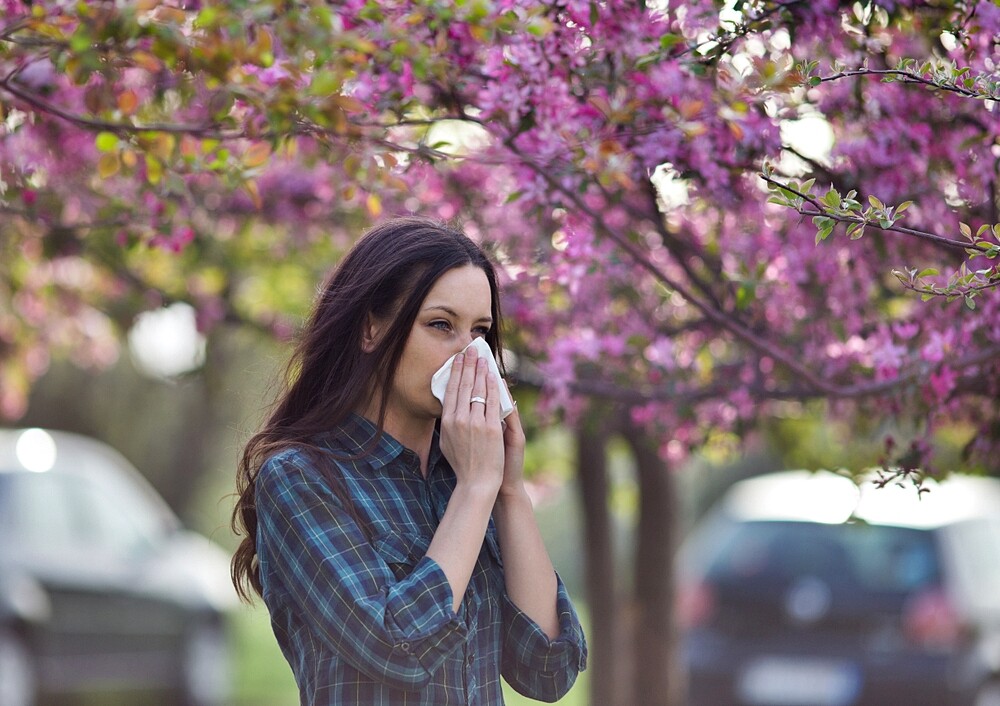In the case of a pollen allergy (hay fever), those affected react allergically to plant pollen. Here you can find out what symptoms there are and what helps.
What is a pollen allergy?
The pollen allergy (hay fever) is the most common known allergy form. The immune system of those affected reacts extremely strongly to actually harmless pollen, more precisely to certain proteins in it. Various allergic symptoms such as rhinitis or burning eyes occur. In the long run, only a so-called hyposensitization, in which the overreaction of the immune system is treated, helps against a pollen allergy.
Why does one get a pollen allergy?
According to the Allergy Information Service, about 15 percent of all adults develop a pollen allergy during their lifetime. Why the immune system of some people reacts so strongly to pollen is not completely understood. In principle, the immune system is supposed to protect us from dangerous substances by overreacting, but plant pollen is considered harmless.
Which pollen causes a pollen allergy?
Basically there are allergic reactions to tree pollen, grass pollen or herb pollen. Most pollen allergy sufferers react to so-called early flowering plants, but certain grasses, herbs from the family of daisies and plantain plants also cause symptoms. The following pollen often cause symptoms:
- Alder
- Birch
- Hazel
- Rye
- Timothy grass
- Ambrosia
- Mugwort
Especially an allergy to the pollen of ragweed, which is spreading rapidly in Europe, is common because its pollen spreads very aggressively and it blooms until late autumn.
Symptoms: What are signs of allergy?
There are several symptoms that indicate a pollen allergy. These include:
- Sniffles
- Sneezing fits
- Reddened and itchy eyes
- Itchy nose
- Fatigue
- Concentration disorders
A stuffy nose can also be a symptom, as the nasal mucosa swells due to inflammation. An allergy self-test can often clarify whether such symptoms could be a pollen allergy.
Depending on the plant that causes the symptoms, pollen allergy sufferers sometimes suffer more and sometimes less from the symptoms of pollen allergy. Especially in spring and summer the pollen count is high and the pollen load makes life difficult for those affected.
High risk of cross allergies
Those who already have an allergy have a fairly high risk of developing a so-called cross-allergy. This is when the immune system reacts to certain allergens in food that are similar to those already known from another source. Patients with hay fever, for example, also often react to nuts and pome or stone fruit. If the allergy is generally not treated further by a doctor, allergic asthma can also develop as a result.
What can you do against a pollen allergy?
During the flowering period of the affected plants, so-called antihistamines, which are available over the counter in pharmacies, can alleviate the symptoms. However, these antihistamines can also have side effects. Eye drops can temporarily help against acute eye complaints. In the long term, only an immunotherapy, a so-called hyposensitization, helps against the symptoms. This involves the immune system getting used to the allergen in slowly increasing doses. However, the treatment can last between three and five years.

